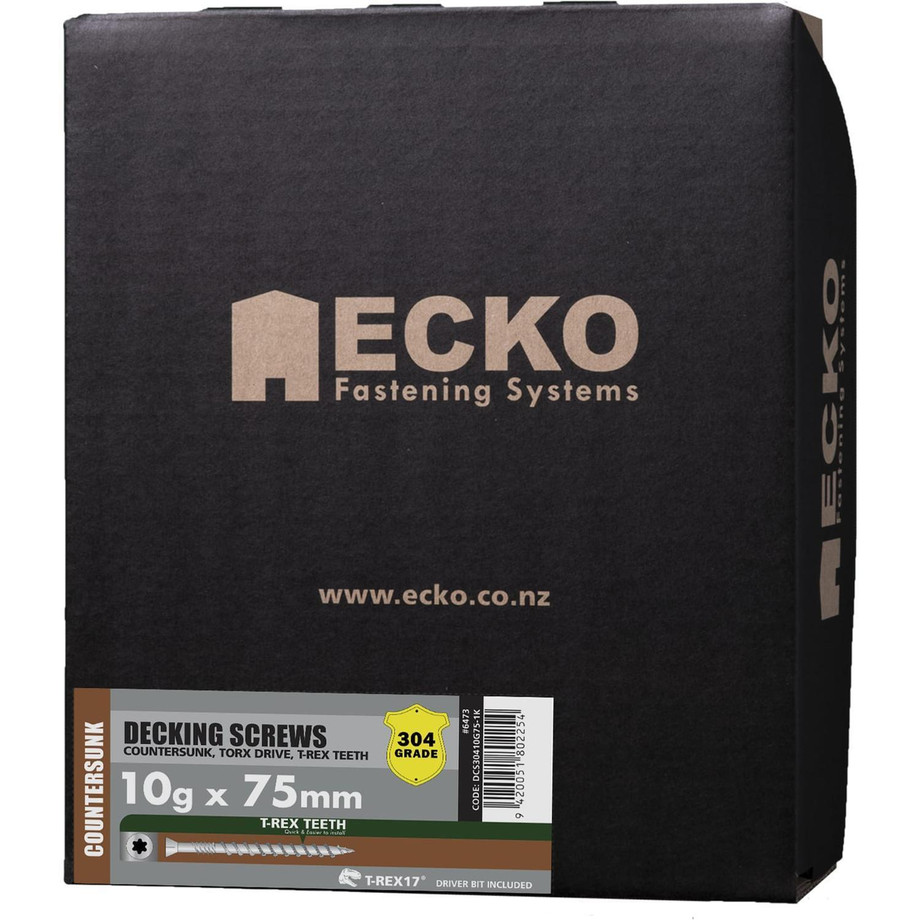In the world of construction, manufacturing, and metalworking, precision and efficiency are key. One tool that exemplifies these qualities is the threaded rod bender. Designed specifically to shape threaded rods into precise angles and curves, this tool is indispensable in various industries where custom fittings and supports are needed.
What is a Threaded Rod Bender?
A threaded rod bender is a specialized tool used to bend threaded rods, also known as stud bolts, into various shapes without damaging the threads. Threaded rods are long, straight bars of metal with threads running along their entire length, commonly used in construction and machinery for fastening purposes. The ability to bend these rods into specific angles allows for greater versatility in their application, enabling them to be used in more complex structures and configurations.
How Does It Work?
The working mechanism of a threaded rod bender involves applying force to a rod through a set of adjustable rollers or dies. The rod is placed between these rollers, and as pressure is applied, the rod bends according to the desired angle. The key advantage of using a threaded rod bender is that it ensures the threads remain intact, which is crucial for maintaining the rod's fastening ability.
Types of Threaded Rod Benders
There are several types of threaded rod benders, each suited to different applications:
Manual Rod Benders: These are hand-operated tools ideal for smaller projects or when working with softer materials like aluminum or copper. They are portable, easy to use, and cost-effective.
Hydraulic Rod Benders: These use hydraulic pressure to bend thicker, tougher rods with precision. They are ideal for heavy-duty applications and can handle larger rods that would be difficult to bend manually.
Electric Rod Benders: These are powered by electric motors, providing consistent and precise bends. They are suitable for high-volume projects where speed and accuracy are essential.
Applications of Threaded Rod Benders
The versatility of threaded rod benders makes them useful in a wide range of applications, including:
Construction: Bending threaded rods to create custom brackets, supports, and anchor bolts.
Manufacturing: Shaping rods for machinery, equipment frames, and structural components.
Automotive: Fabricating custom parts and supports for vehicles.
HVAC Systems: Creating custom hangers and supports for pipes and ductwork.
Benefits of Using a Threaded Rod Bender
Using a threaded rod bender offers several advantages:
Precision: Achieves accurate bends without compromising the integrity of the threads.
Versatility: Can be used on various materials and rod sizes.
Efficiency: Speeds up the process of creating custom shapes and angles.
Cost-Effective: Reduces the need for pre-bent rods, allowing for on-site customization.
Conclusion
A threaded rod bender is an essential tool for anyone involved in construction, metalworking, or manufacturing. Its ability to bend threaded rods while maintaining their structural integrity makes it a versatile and valuable addition to any workshop or job site. Whether you’re working on small DIY projects or large industrial applications, a threaded rod bender provides the precision and flexibility needed to achieve professional results.
For More Info:-





Comments